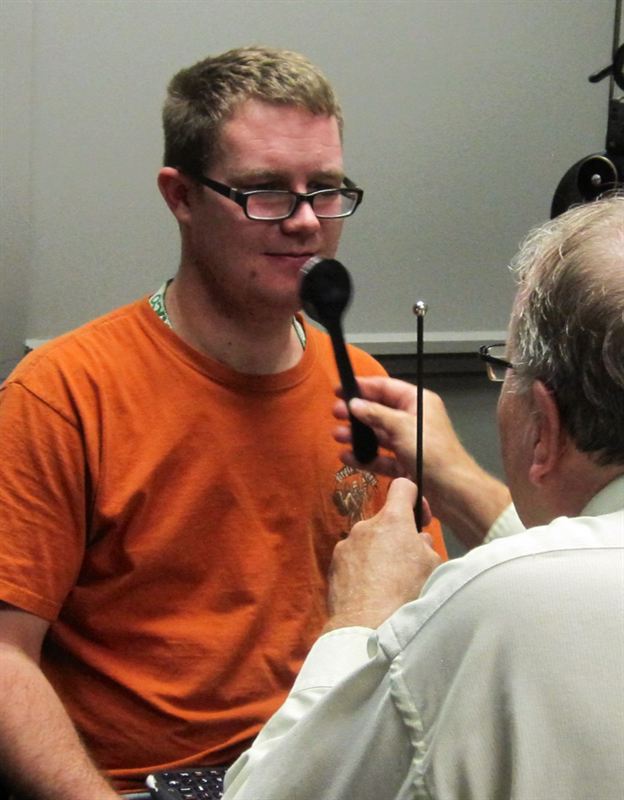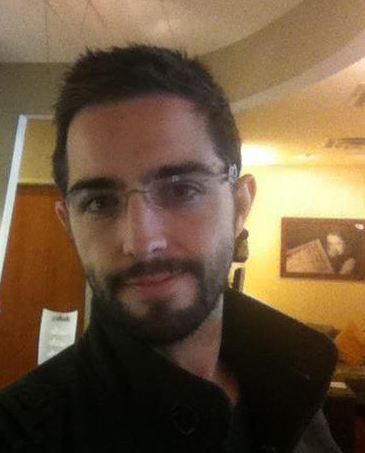Brain Injury Awareness Month: College of Optometrists in Vision Development Focuses on Help for Double Vision
Head injuries can be devastating and cause lasting life challenges. Double vision, dizziness, difficulty reading, as well as balance and movement problems, typically plague people who have had a head injury.
“Research indicates that as high as 80% of people who have had a traumatic brain injury are struggling with a variety of different vision problems which are a direct result of their injury,” states Dr. Ida Chung, President of the College of Optometrists in Vision Development (COVD), “We are highlighting the visual aspect of head injuries in honor of Brain Injury Awareness Month. We are sharing the message that help is available for people who are struggling with double vision, blurred vision, dizziness, motion sickness and visual field loss.”
Many people don’t realize the eyes are actually part of the brain. Once you understand that, it makes sense one could have vision problems after a head injury. While some head injuries can result in permanent vision loss, the majority of vision problems are often very correctable. Unfortunately, many people who have experienced vision problems following a head injury are told that either the vision problems will go away with time or they just need to learn to live with it. The lucky ones find out about optometric vision therapy and discover dramatic improvement is possible.
For 17-year-old Shawn Wieland, it was a regular winter day in Michigan. He was helping a friend move. While driving to the new apartment, Shawn was distracted for a brief moment and that is when his car slid on black ice and ran into another car. While everyone else suffered minor injuries, Shawn was not so lucky. He had forgotten to put on his seatbelt, and as a result he experienced severe injuries. Shawn’s dad, Skip, shares, “The doctor actually told us he didn’t expect Shawn to live.”
After two weeks, the doctor said he's probably going to die, but if he lives he is probably going to be a vegetable. Skip and Peg (Shawn’s mother) were determined to help their son recover, and thanks to their help along with a multitude of other professionals, Shawn was able to graduate from high school and he is now 34 years old.
Despite all the improvement Shawn made, he continued to struggle with reading, headaches and problems with his balance. “The doctors would tell us that Shawn just had to learn to live with it, and that they could increase his medications to calm him down.” explained Skip. Fortunately, three years ago, an Occupational Therapist referred him to an optometrist that provides an in-office program of optometric vision therapy.
“The changes in Shawn were dramatic: He can read without any frustration or headaches, ride in the car without getting car sick, play video games and even play tennis.” Skip goes on to say, “Upping his medications and other therapies were not helping because the main problem for Shawn was his vision.

They were not treating the main cause of his difficulties; they were only treating the secondary problems.” Skip has documented Shawn’s recovery at www.shawnsbraininjuryrehabjourney.com.
Shawn is not alone. Three years ago, Cavin Balaster, a 27-year-old, was hanging out on a water tower with some friends in Brooklyn, NY when he fell 20 feet onto an industrial rooftop. He was comatose and on life support for 12 days, and doctors said that 90% of the people diagnosed with Cavin’s injury never wake up from the coma and those who do are likely to be left in a vegetative state.
Similar to Shawn, Cavin has also had to re-learn how to walk, talk, and eat all over again. His mother was by his side the entire time pushing for his recovery. It was his mother who found out about vision therapy. Prior to vision therapy his vision had been deteriorating and he was constantly seeing double. 
He may always see double to his left because of nerve damage (he has a condition called 4th nerve palsy), but his vision has definitely improved as a result of vision therapy. He can now see single and clear looking straight ahead or to the right. In addition, Cavin states, “I attribute a lot of my recovery to Vision Therapy. It seems to have improved other aspects of recovery such as my balance and ataxia (a neurological condition where the communication between my brain and the left side of body is impaired).” You can follow Cavin’s progress on his blog, CavinBounce Adventures in Brain Injury.
Cavin is also writing a book, Lights, Coma, Action! “It is a story of who I was (LIGHTS), how I sustained a serious brain injury (COMA), and my strong recovery (ACTION!).” Cavin explains, “There is no undoing a brain injury. I work to help other survivors, their friends, and their families.” Cavin has documented his recovery and currently consults with other traumatic brain injury survivors and their families at www.cavinbounce.com.
Both Shawn and Cavin had severe traumatic brain injuries. However, even less severe head injuries can result in vision problems as well. Some symptoms may last only seconds, while others linger much longer, months and even years.
While some symptoms might disappear after time, such as eye pain or headaches, and other symptoms typically remain, i.e., blurred or doubled vision. When someone is experiencing any of the above symptoms they could also have difficulty with reading and learning, as well as eye-hand coordination, balance and movement (such as walking).
“COVD doctors and vision therapists are dedicated to developing and rehabilitating the visual skills that are critical to reading, learning, and other activities of daily living. In honor of Brain Injury Awareness Month, we invite you to watch our Public Service Announcement on Head Injuries and Vision,” states Dr. Chung, “You are also welcome to visit our website for more information, an in-depth Post-Trauma Vision Syndrome checklist and to find a doctor who provides an in-office program of optometric vision therapy.”
CONTACT: Pamela R. Happ, CAE
COVD Executive Director
888.268.3770 tel
Email: phapp@covd.org
Website: www.covd.org
About COVD
The College of Optometrists in Vision Development (COVD) is an international, non-profit optometric membership organization that provides education, evaluation, and board certification programs in behavioral and developmental vision care, vision therapy, and visual rehabilitation. The organization is comprised of doctors of optometry, vision therapists and other vision specialists. For more information on learning-related vision problems, vision therapy and COVD, please visit http://www.covd.org/ or call 330.995.0718.
A series of public service announcements (PSAs) are available at covd.org to help raise awareness that vision problems can not only interfere with learning, but sports performance, and other activities of daily living. These PSAs also address vision problems that impact individuals who have autism spectrum disorders or those who have suffered a head injury.
Tags:




